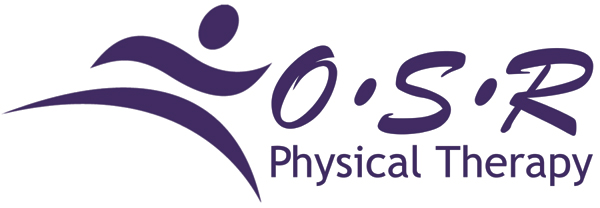Our joints face a lot of stress throughout our day,
especially when there is an injury. It changes the way the body functions and
moves. This can cause secondary pain and problems due to compensations to
perform everyday movement and high level activity.
Recently, I attended a course on the treatment of common
extremity dysfunction through mobilization. This course was 16 hours long, 75%
hands on experience and covered everything from the hand to the foot. The focus
was on mobilization of the joint in order to normalize the stress occurring on
the various tissues around a joint. These techniques can immediately decrease
stress and pain for individuals. It is quick and pain free to do. After the
joint tissues have been normalized it is important to then exercise to
reinforce what has been done.
Want to learn more about this technique? Here is a link to the course web site.
This article was written by Hannah Schultz, PTA at OSR Physical Therapy.


